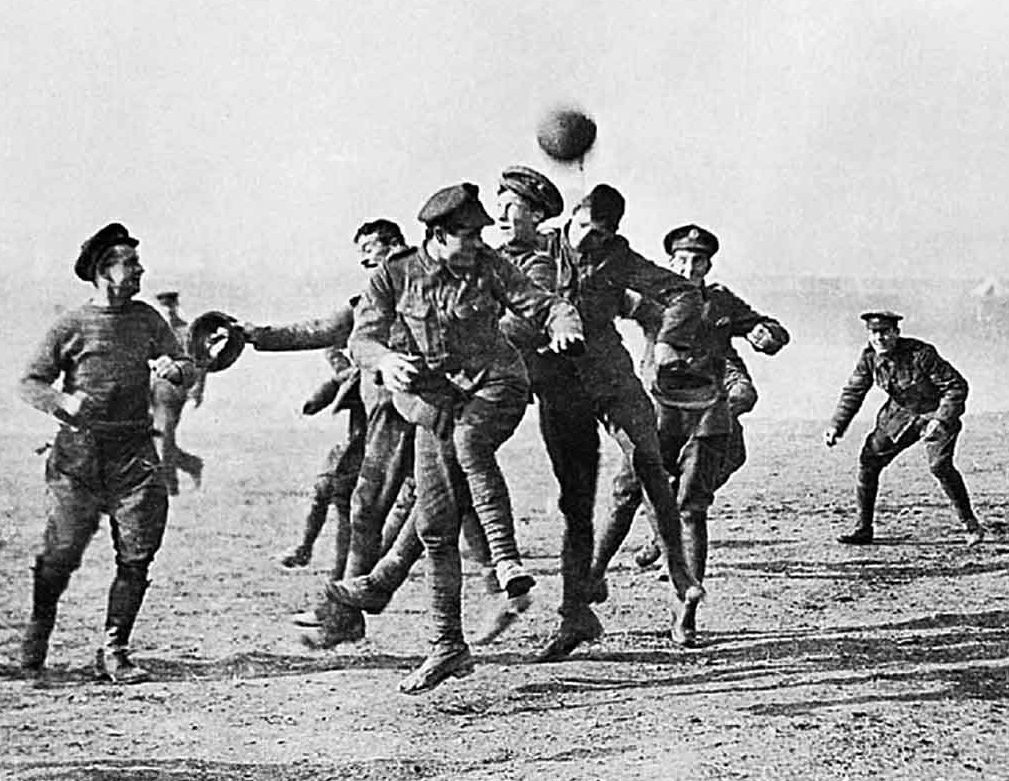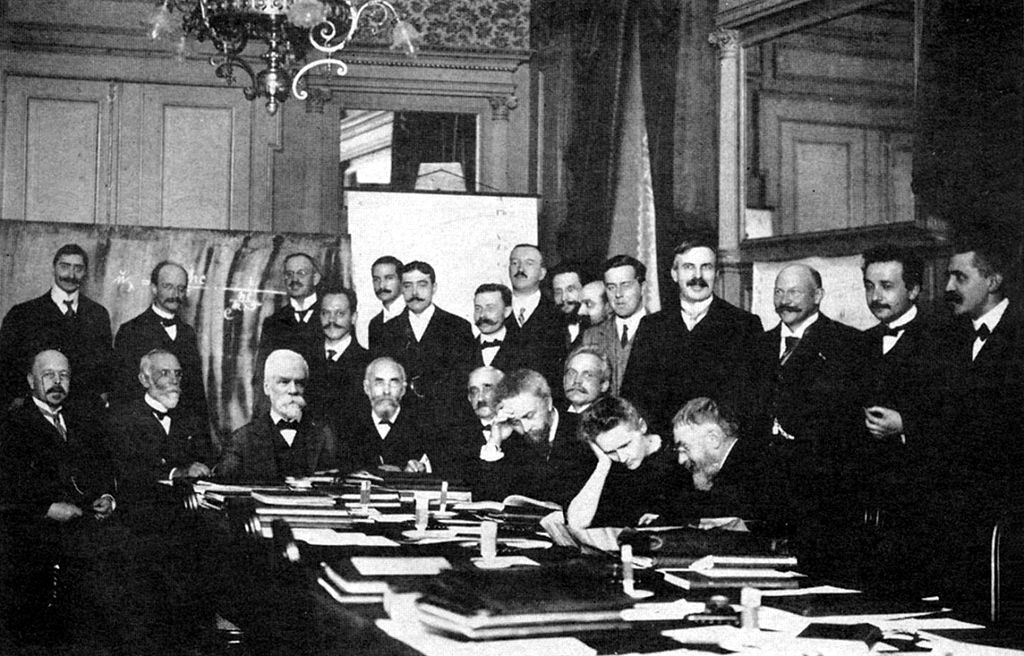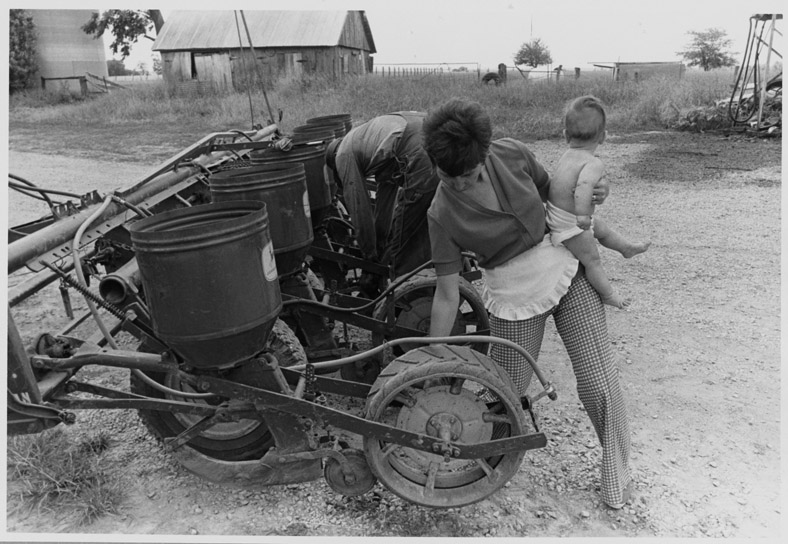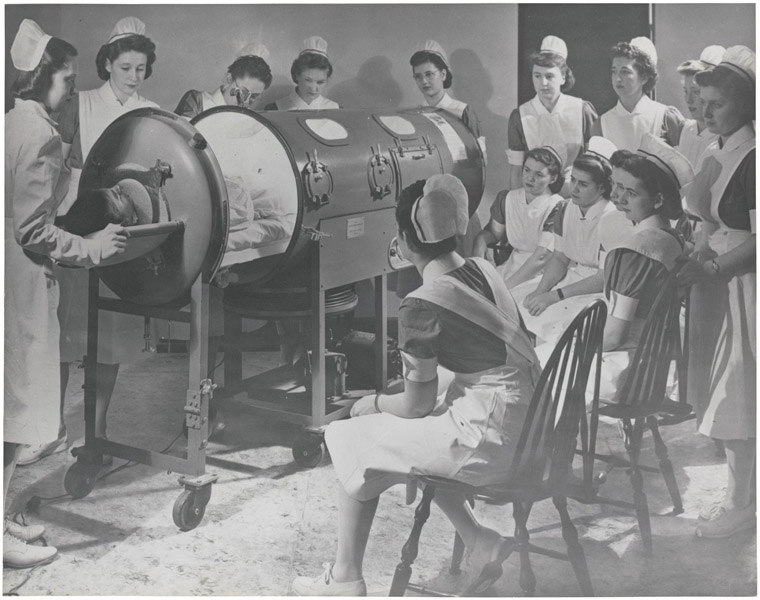
Figure 1 – British soldiers playing footbal on a Greek beach in 1915. In the public domain by virtue of its age.
To my Christian readers, Merry Christmas from Hati and Skoll Gallery. To all my readers all the joy of holidays, of family, and of friends. May we soon recognize that all men and women are part of the family of man.
And in that vein, for today’s “Favorite and Noteworthy Photograph,” I’d like to take you all back one hundred years today to the then waging Battle of the Somme. There was that day a Christmas truce, Weihnachtsfrieden in German, and Trêve de Noël in French. The truce was unofficial but widespread along the Western Front. German and British soldiers came out of their trenches to exchange greetings, souveneirs, and treats. They played games, such as football or soccer.
Figure 1 is an image of soldiers playing football in 1915 that you often see associated with the Christmas Truce 1914. I became just a bit skeptical that it was actually an image of the truce, when I read accounts of whether or not the famous game actually occurred. I think that the evidence is good. However, as it turns out the image of Figure 1, so powerful a depiction, was actually taken in 1915 and shows British soldiers recreating on the beach in Greece. When you recognize that these men probably fought and many of them died in the terrible Battle of Galipolis (1915-1916), the poetic license seems acceptable.
Peace on Earth and Goodwill to all Men. After the Christmas truce, after Christmas 1914, they got back to killing and the machines of war. May we be wiser in our time!.



